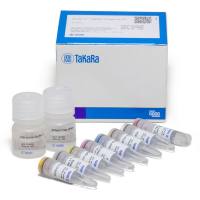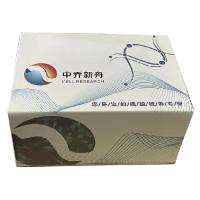Rapid and Nonradioactive Screening of Recombinant Libraries by PCR
互联网
463
The advent of the polymerase chain reaction (PCR) has greatly facilitated the isolation and characterization of clones from both cDNA and genomic libraries (1 -3 ). Given the complexity of the genome of a particular organism or the relative abundance of a particular mRNA, within the cell type from which a cDNA library was constructed, the ability with which one can isolate a gene or cDNA clone of interest is quite variable. With respect to genomic libraries, the number of clones needed to be screened to isolate a single-copy sequence is a function of the complexity of the genome and the average size of the cloned fragments in the library. In the case of cDNA libraries, the frequency of a given clone of interest depends on the abundance of the messenger RNA. Highly abundant messages can represent 10% or more of total mRNA, whereas, very rare messages can be as low as one in 106 . In addition, the representation of some sequences in a cDNA library, particularly the 5′ ends of large mRNAs, will be less than expected owing to the technical difficulties in converting the mRNA into full-length cDNA copies. In some cases, a particular sequence of interest can be depleted or lost at various steps of screening owing to its inefficiency to be replicated relative to other clones in the library.









